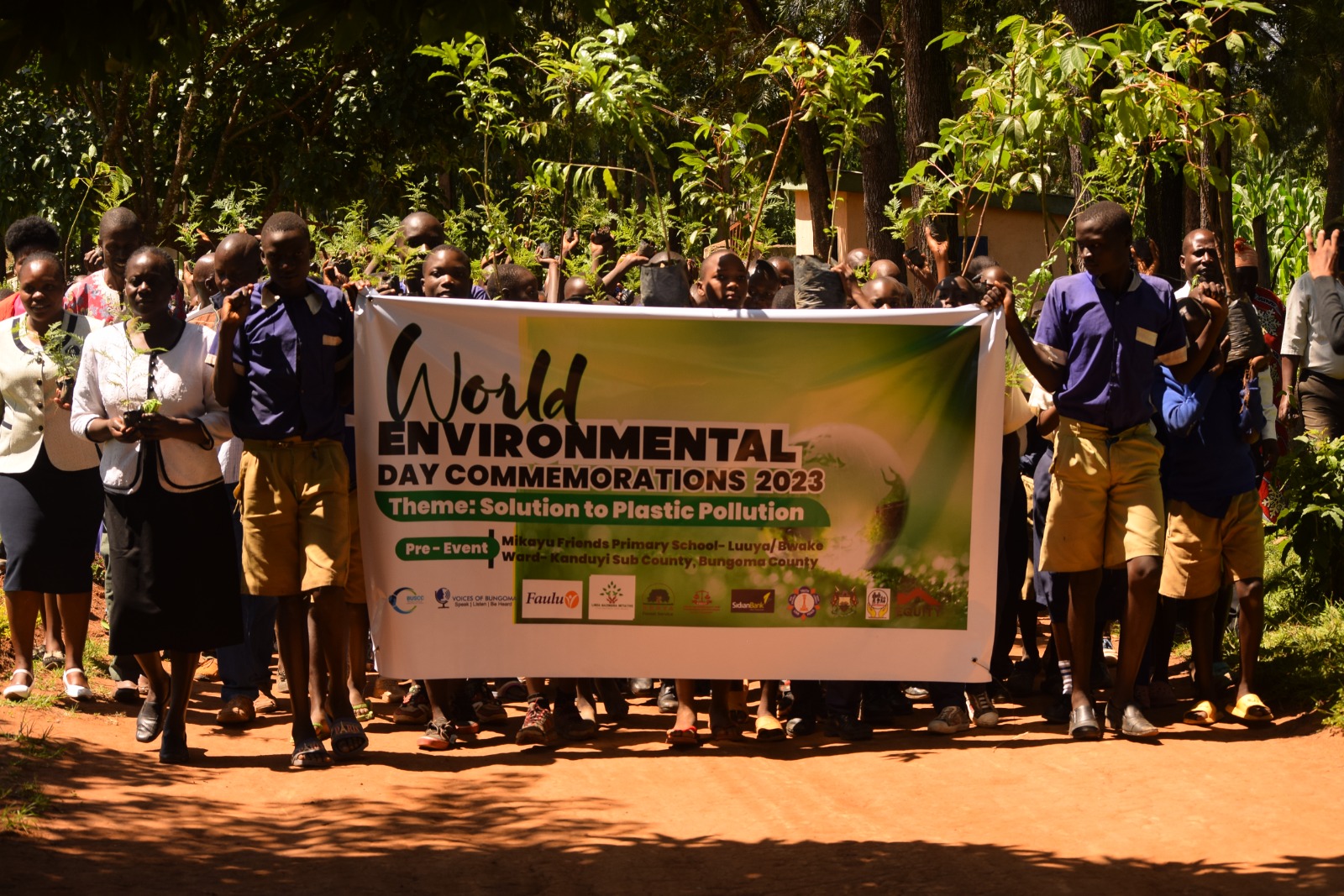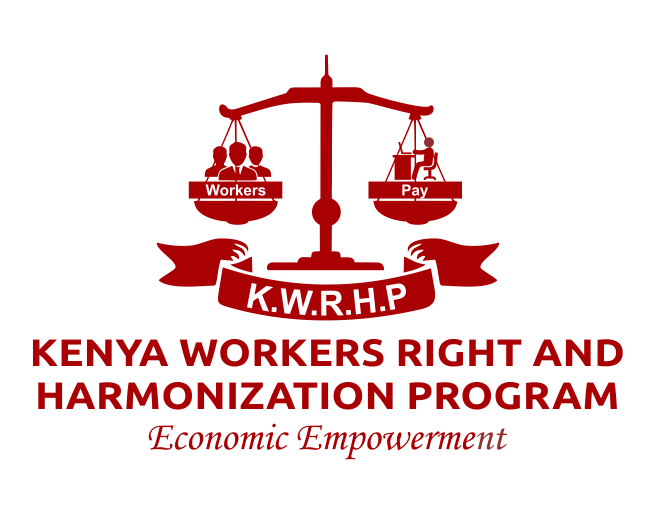
Climate Injustice: The Hidden Crisis for Kenyan Workers and KWRHP’s Fight for Survival
NAIROBI, Kenya – As climate change intensifies across East Africa, Kenyan workers are emerging as the unseen casualties of an environmental crisis they did little to create. From agricultural collapse to deadly urban heat, climate change is systematically dismantling livelihoods and creating a new class of climate refugees within Kenya’s workforce.
The Statistical Reality: Climate Change’s Toll on Kenyan Workers
Agricultural Sector Devastation
-
2.4 million Kenyan farmers and farm workers face recurrent drought and crop failure (Kenya Agricultural and Livestock Research Organization)
-
63% of smallholder farmers reported income reduction due to climate shocks in 2023 (World Bank Climate Smart Agriculture Report)
-
Seasonal agricultural workers have seen employment days reduced by 45% in drought-affected counties
Heat Stress and Worker Safety
-
Maximum temperatures in Kenya’s arid and semi-arid lands have increased by 1.5°C since 2006 (Kenya Meteorological Department)
-
Outdoor workers in construction, agriculture, and transportation now face 62 more days of extreme heat annually compared to a decade ago
-
Productivity losses due to heat stress cost Kenyan workers an estimated KES 18 billion annually in lost wages
Climate-Induced Migration and Exploitation
-
Over 400,000 internal climate migrants projected by 2025, many joining the urban informal workforce under exploitative conditions (Internal Displacement Monitoring Centre)
-
Climate-vulnerable regions like Turkana and Mandera show 300% increase in rural-urban labor migration since 2018

Caring for the Environment
The Data-Driven Approach: KWRHP’s Climate Monitoring
Worker Climate Vulnerability Index
KWRHP has developed the first comprehensive tool to assess climate impact on workers:
-
Heat exposure metrics by occupation and region
-
Livelihood vulnerability scoring based on climate projections
-
Resilience capacity assessment for worker communities
Preliminary findings show:
-
87% of outdoor workers report climate-related health issues
-
42% of workers in climate-vulnerable sectors have no safety net for weather-related work interruptions
-
Only 15% of Kenyan workplaces have climate adaptation plans for workers
Legal Advocacy: Establishing New Protections
KWRHP is pioneering climate justice litigation:
-
Landmark case filed on behalf of 5,000 flower farm workers exposed to extreme heat without protection
-
Constitutional petition demanding recognition of safe climate as a worker right
-
Policy briefs submitted to Parliament advocating for Climate Justice Act
The Economic Argument: Investing in Worker Climate Resilience
Cost-Benefit Analysis Shows:
-
Every KES 1 million invested in worker climate adaptation saves KES 4.2 million in lost productivity and healthcare costs
-
Green job creation yields 3.8 times more sustainable livelihoods than traditional emergency relief
-
Worker-led climate solutions demonstrate 67% higher community adoption rates
Partnerships for Scale
KWRHP has built strategic alliances to amplify climate justice work:
-
Technical partnership with Kenya Meteorological Department for early warning systems and local partners
-
Research collaboration with University of Nairobi on occupational heat stress
-
Implementation partnership with County Governments on local climate adaptation
-
Funding alliance with international climate funds for worker resilience programs
The Road Ahead: KWRHP’s Climate Justice Vision
By 2027, KWRHP aims to:
-
Train 10,000 workers in climate-resilient livelihoods
-
Establish worker-led climate committees in all 47 counties
-
Secure legal recognition of climate-related occupational diseases
-
Integrate worker protection into national climate financing mechanisms
Conclusion: Workers at the Heart of Climate Solutions
“Climate change is not just an environmental issue—it’s the greatest workplace safety threat of our generation,” says KWRHP’s Climate Program Director. “Kenyan workers aren’t just victims of this crisis; they’re essential partners in building solutions. Our approach proves that when we invest in workers’ climate resilience, we’re not just saving jobs—we’re building a more sustainable future for all.”
KWRHP continues to document climate impacts through its Worker Climate Justice Hotline and advocate for policies that recognize the fundamental connection between environmental justice and worker rights.
Sources:
-
Kenya Meteorological Department Climate Bulletins (2020-2024)
-
World Bank Kenya Climate-Smart Agriculture Assessment
-
Kenya National Bureau of Statistics Labour Force Reports
-
KWRHP Field Research and Worker Surveys (2021-2024)
-
Internal Displacement Monitoring Centre Kenya Reports
-
Interviews with affected workers and community leaders
Table of content
- Climate Injustice: The Hidden Crisis for Kenyan Workers and KWRHP’s Fight for Survival
- The Statistical Reality: Climate Change’s Toll on Kenyan Workers
- The Data-Driven Approach: KWRHP’s Climate Monitoring
- Partnerships for Scale
- The Road Ahead: KWRHP’s Climate Justice Vision
- Conclusion: Workers at the Heart of Climate Solutions




